
FSF / NPL Fieldwork in Gobabeb, Namibia
March 2020
FSF invited to travel to Gobabeb, Namibia to assist the UK's National Physical Laboratory (NPL) with the establishment of new HYPERNETS Horizon 2020 and new RadCalNet sites.
FSF was approached by Agnieszka Bialek and Chris MacLellan of the Earth Observation, Climate and Optical Group at the National Physical Laboratory to collaborate in hyperspectral and multispectral data collection in Namibia.
NPL are leads in two key projects, the HYPERNETS Horizon 2020 project, involving a consortium of 6 European and one Argentinian science institutions (RBINS, TARTU, SU, CNR, NPL, GFZ, CONICET), and RadCalNet (ESA, NASA, Magellium, NPL, CNES, AOE + MetEOC-3). Both projects aim to set up ground calibration sites for the spectral calibration of satellites. Gobabeb has been selected as it is in an area of exceptional year round clear skies and low atmospheric water content, flat topography, and a relatively homogenous spectral profile across large areas.
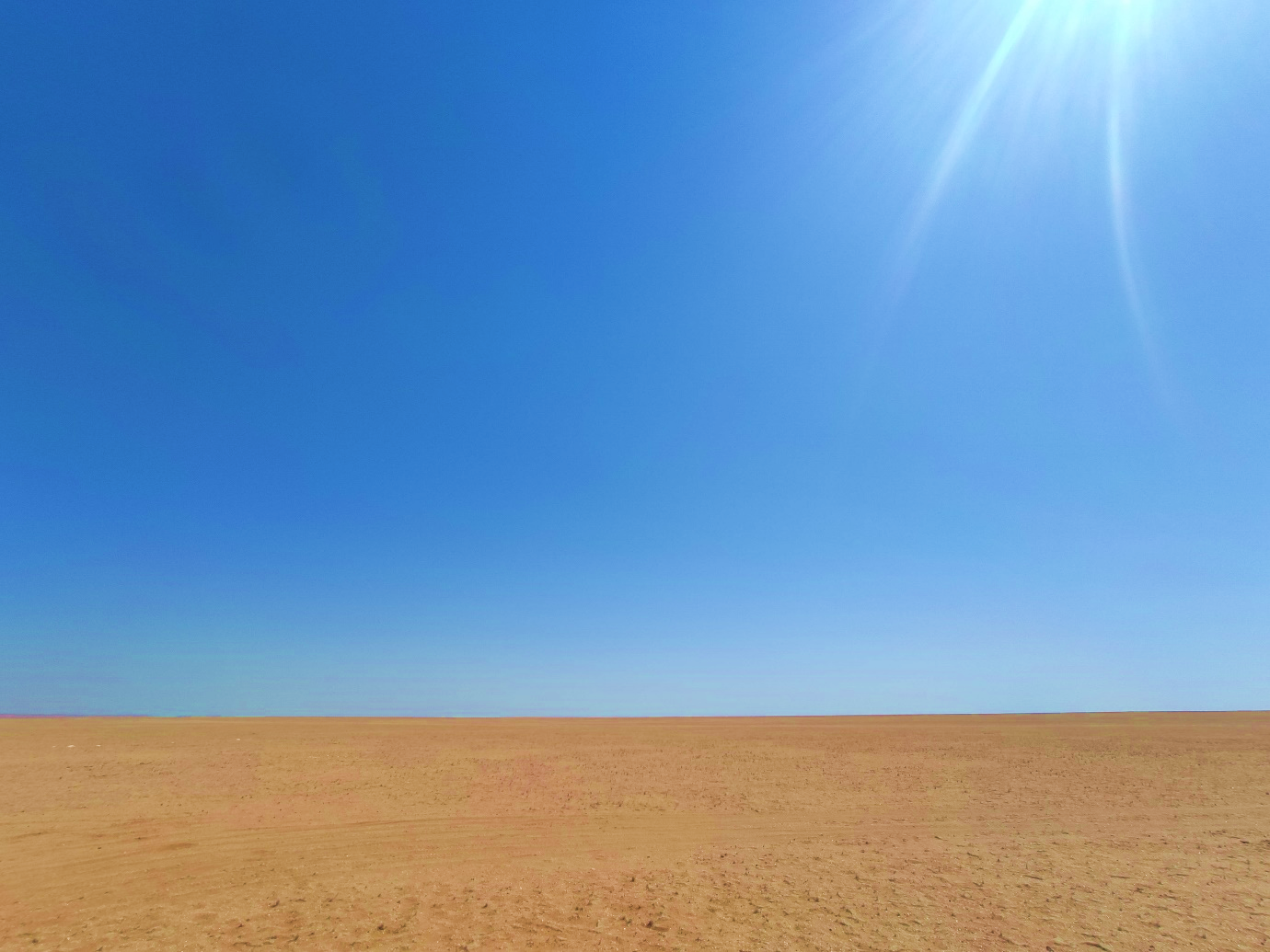
The prospective new hypernet sites
FSF was tasked with producing spectral surveys for a new HYPERNETS and RadCalNet sites. In order to do this, we travelled to Namibia with on of our SVC 1024i Spectrometers, and our brand new ESA Sentinel 2 matched multispectral camera, the SAL Engineering MAIA S2. FSF has developed systems to integrate Emlid differential GPS into our SVC 1024i, which, along with the dGPS on the MAIA system, provides exceptional accuracy to the survey.
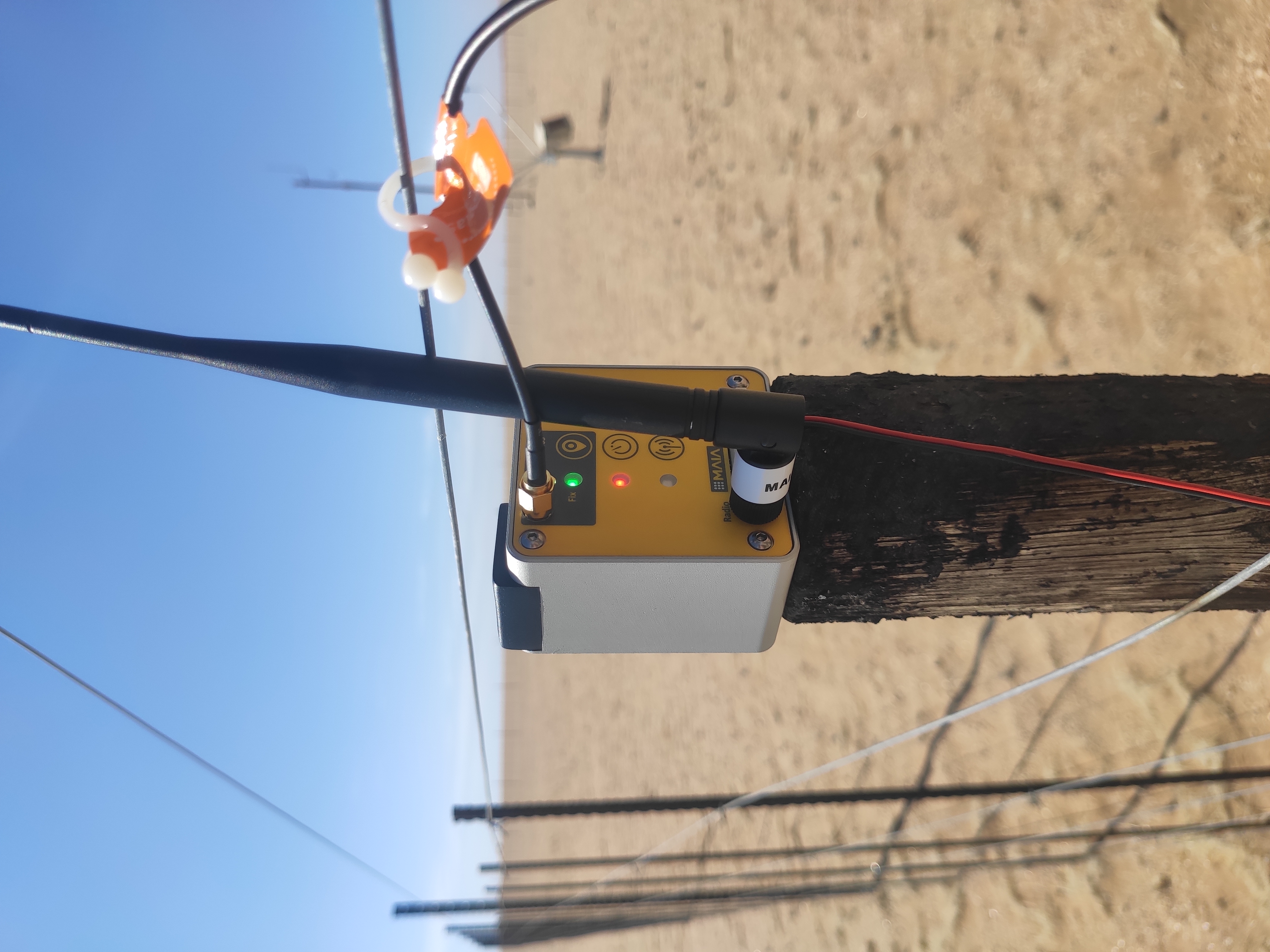
Setting up the MAIA dGPS base station
To overcome local UAV flight restrictions, FSF developed a boom-mounted frame with which to mount the Maia camera. This enabled us to undertake the equivalent of a 7m altitude UAV survey with a handheld pole, a technique that may be applied in future projects where UAV flight is limited, such as urban areas or close to airports.
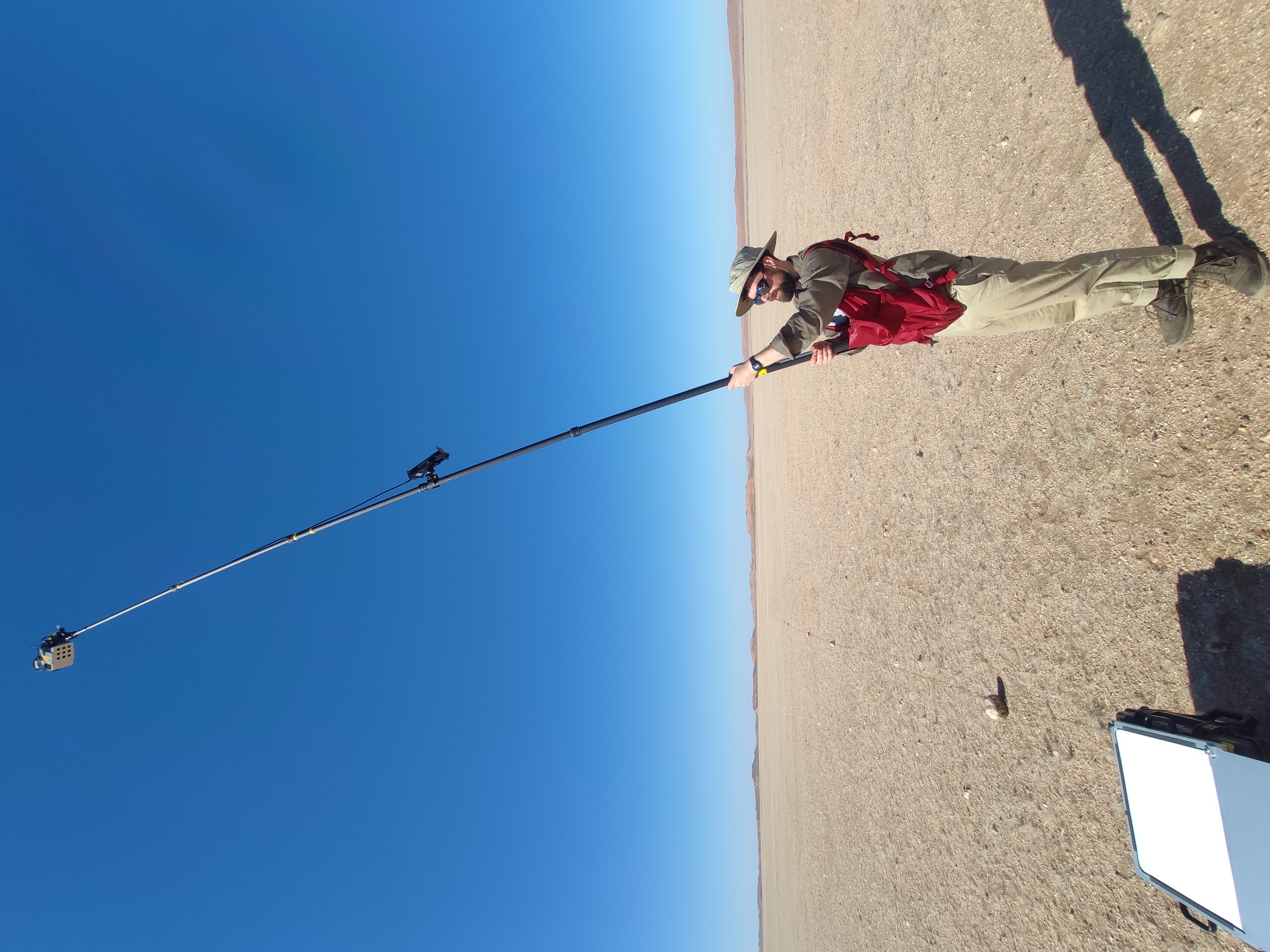
The MAIA S2 mounted on a long boom for an 'aerial' survey. Here Jack holds it over a Spectralon reflectance panel
The HYPERNETS project is "a new hyperspectral radiometer integrated in automated networks of water and land bidirectional reflectance measurements for satellite validation" . This project requires a good a priori knowledge of the spectral profile of each site before its establishment, and so we used the SVC 1024i along with areal RGB imagery from a local UAV operator to produce a spectral transect through various potential sites. Despite the large site area and challenging desert conditions, this was achieve in excellent time using FSF developed 'dual field of view' (DVOF) methodology, which uses a second spectrometer to constantly monitor a calibrated white panel reference. This allows much faster data acquisition than repeated white panel measurements with a single spectrometer.
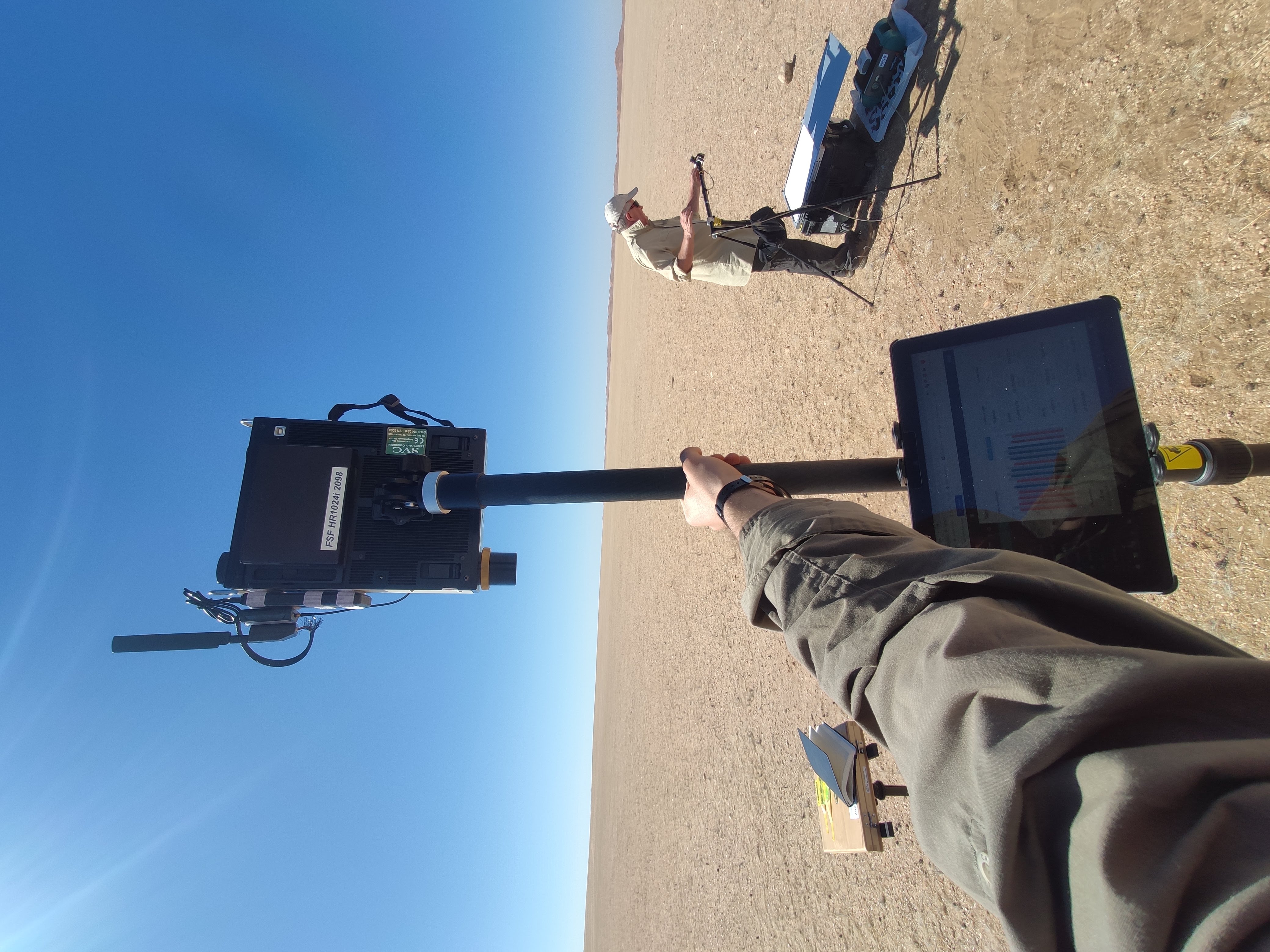
A dGNSS equipped SVC 1024i on a boom for repeated surface reflectance measurements along a transect. In the background, an ASD is set up for concurrent measurements of a panel for DFOV
RadCalNet "provides satellite operators with SI-traceable Top-of-Atmosphere (TOA) spectrally-resolved reflectance's to aid in the post-launch radiometric calibration and validation of optical imaging sensor data. " FSF surveyed a prospective new site for RadCalNet with our new SAL Engineering MAIA S2 camera, as well as our DFOV methodology. This enabled to provide sufficient data for scaling analysis to determine a suitable spatial and spectral resolution required for subsequent surveys.
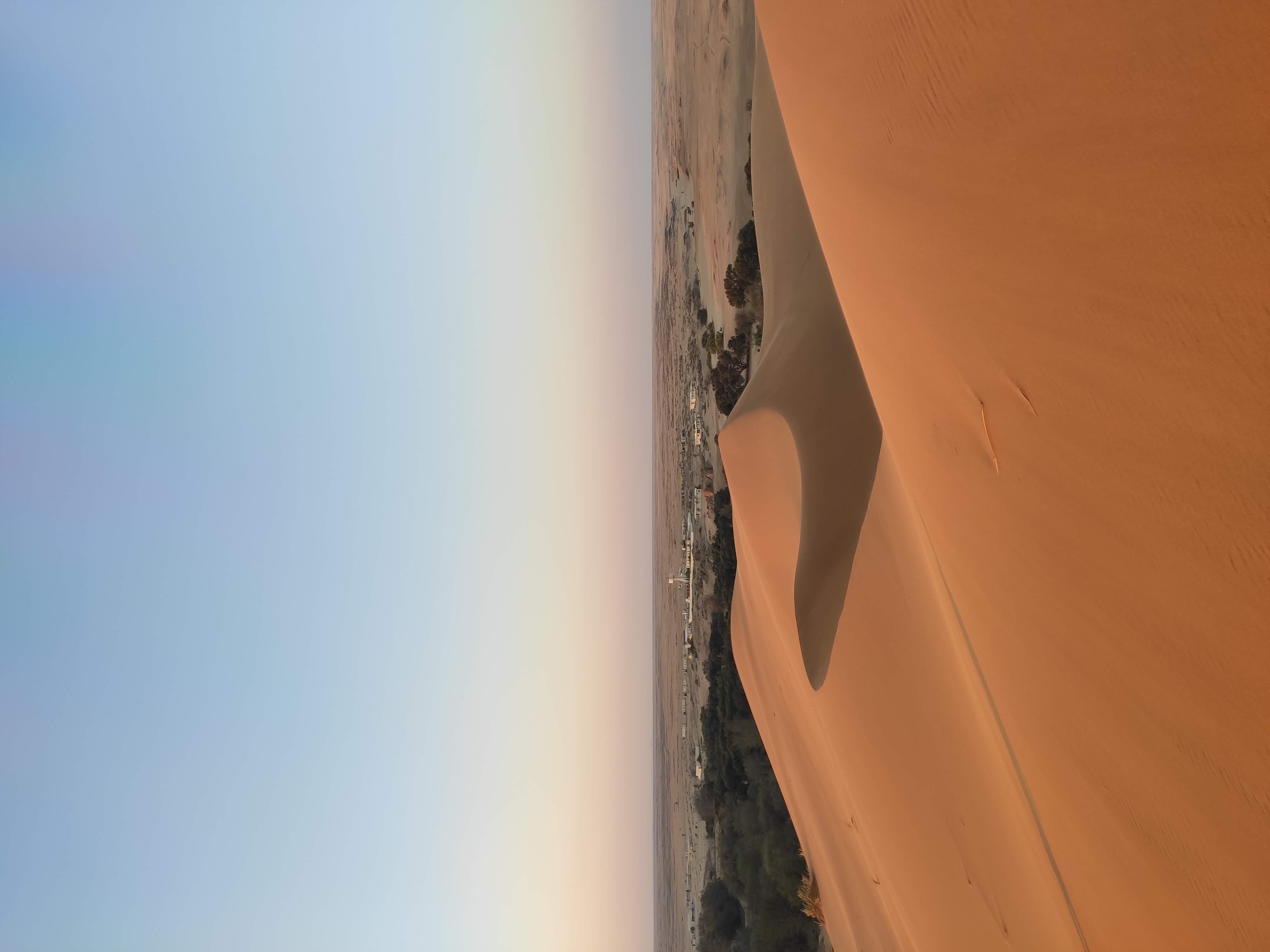
'Station Dune' , looking back towards the Gobabeb Research station
Alongside a successful field campaign, Namibia provided fantastic scenery, wildlife, and hospitality. Staying at the Gobabeb Namib Research Institute, we were able to call on the expertise of centre staff on local geology, ecology and weather. The food and accommodation were fantastic, and we were treated to some great local wildlife walks. Among the wildlife were Oryx, Ostrich, scorpions, Sand Snakes, and meercats.

The Camel Thorn tree, a distant Oryx, and a small Tree Scorpion fluorescing under UV light
We all managed to get ourselves and the equipment back from Namibia without any trouble before countries started to implement lockdowns due to covid-19. We'recurrently processing the data, and we are looking forward to sharing these with you soon!
Privacy Notice Accessibility Notice



